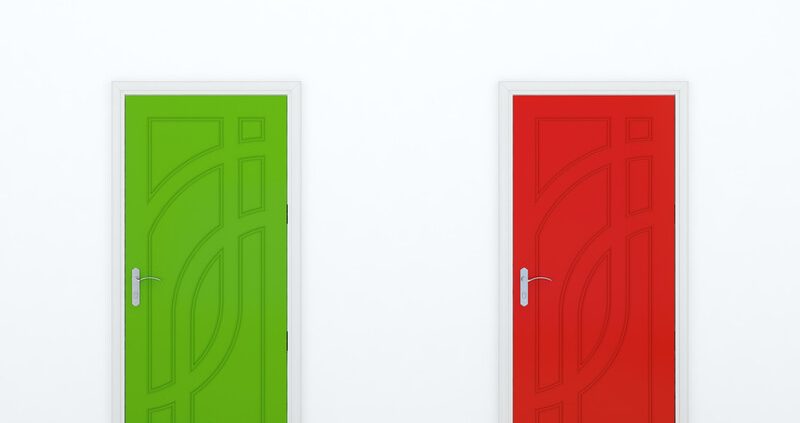How to recognise red and green zones for greater collaboration in the workplace
The terms Red Zone and Green Zone were coined by James W. Tamm and Ronald J. Luyet in their book Radical Collaboration.
Collaboration is at the foundation of conflict resolution. When two people are aligned in their desire to collaborate, resolving issues is so much easier – in fact, it doesn’t feel like conflict.
Red Zone explained
When we approach conflict from the red zone, it means we’re coming from a place of self-interest. We’re defensive. We want to win the argument. If you know the phrase “It’s my way or the highway”, then you’ll know what the red zone feels like.
Bottom line, it’s very hard to get things done when we’re in the red zone (which we all will be at some point). Even if things do go our way, it’s likely to cause resentment and bad feelings from the other party. So a win doesn’t necessarily feel like a win anyway.
Green Zone explained
When we approach conflict from the green zone, it means we’re coming from a place seeking to understand. We’re driven to find creative resolutions so everyone feels like they’ve had a win.
Bottom line, getting things done when we’re in the green zone is much easier. By collaborating and cooperating, everyone can come out ahead, resulting in a happier, united environment.
Picture the scenario:
Michael wants to implement a new process that helps speed up customer deliveries. However, it requires Sam to complete additional tasks. Sam says their workload is already at maximum capacity.
Red Zone Approach
Michael says they aren’t concerned about Sam’s capacity, they’ll simply need to find a way to get the additional tasks done.
Sam, point blank refuses to take on extra work.
The result is increased tensions in the workplace, resentful feelings from both parties, and the end customer not benefiting from faster deliveries.
Green Zone Approach
Sam recognises that this new process will benefit the customer, so approaches Michael to discuss how they can make it work.
Michael realises this is additional work for Sam, and together they discuss what tasks Sam can delegate in order to implement the new process.
The result is Michael helps Sam find someone to take over some of their current tasks, freeing them up to do the tasks associated with the new process.
Michael is happy because the deliveries are faster, which increases customer satisfaction, and Sam is happy because their workload has not increased.
How to move from the red zone to the green zone
Being in the red zone is part of the human condition. The more we practice being in the green zone, the easier it becomes, but in all of it, self-awareness is key.
Next time you’re faced with potential conflict and feel yourself getting stressed, angry or defensive, try these things.
- Stop: Take 5 minutes to walk away from the scenario, slow down and cool off.
- Recognise: What you’re feeling, accept your reaction and allow it to pass.
- Reflect: On what you’re feeling and if there are any underlying issues.
- Reset: Think about how you can restart the conversation in a more collaborative way.
My workshop, How to Manage Difficult Conversations and Communicate Better, helps people better understand their red and green zones and provide strategies and skills that help them feel equipped to manage conflicts that arise.
Don’t just take my word for it. Here are a few quotes from participants of a workshop I ran last month.
“I will implement many of these solutions into work and daily life”.
“I will definitely use the new skills acquired today”.
“Role plays were very valuable.”
Contact me today if this sounds like something your workplace could benefit from. Call 02 8036 5558 or email: saranne@segalconflictsolutions.com.au





